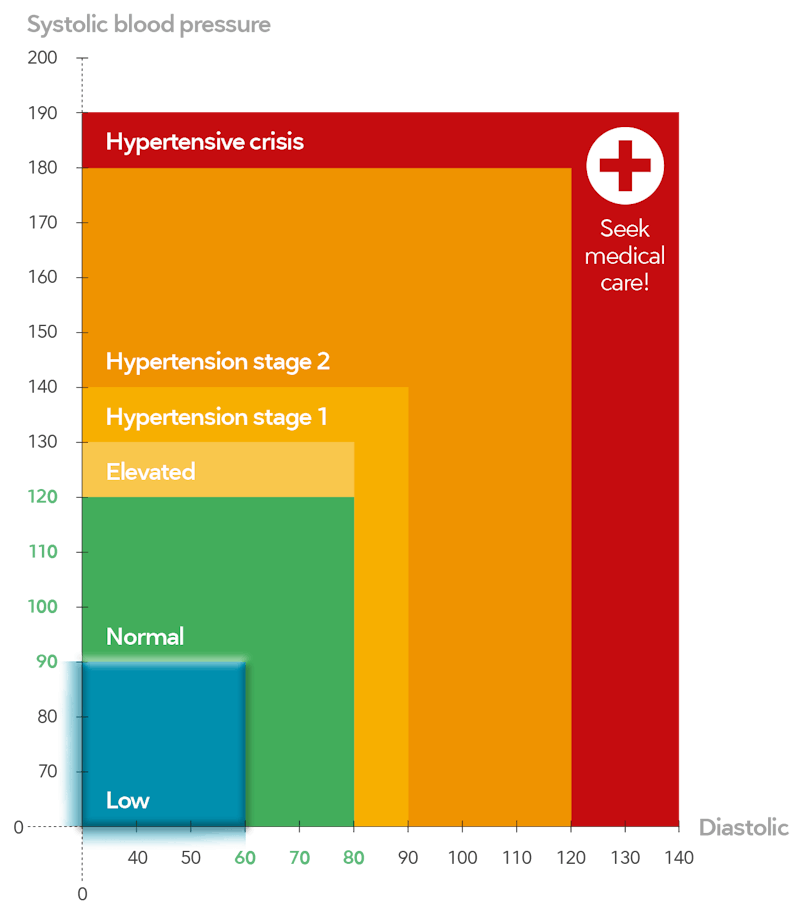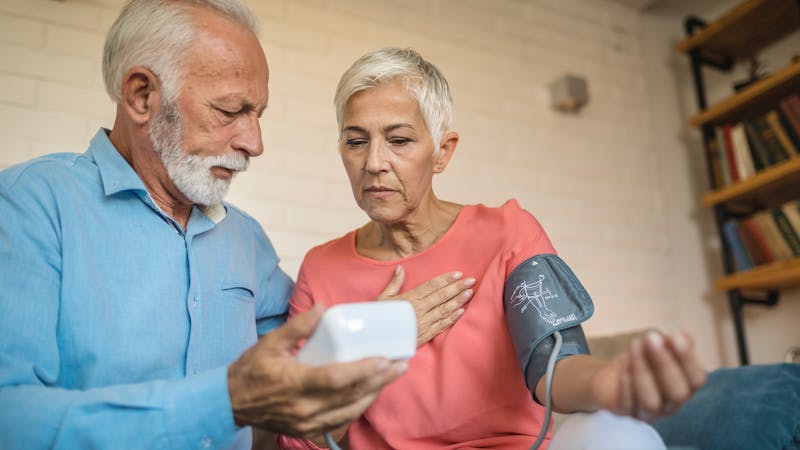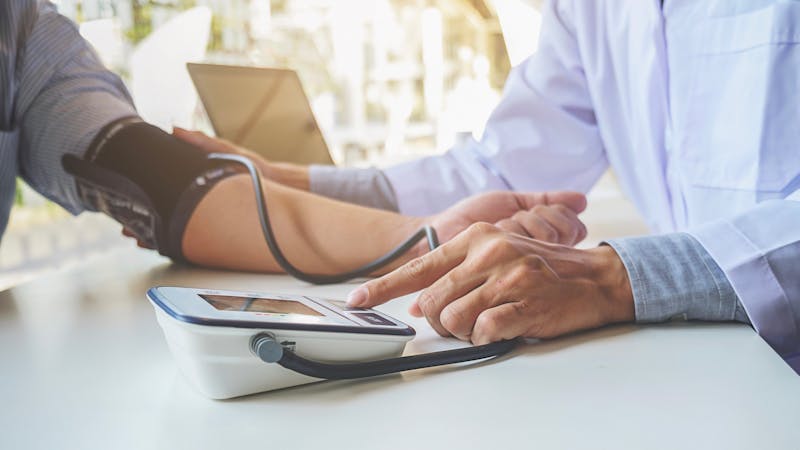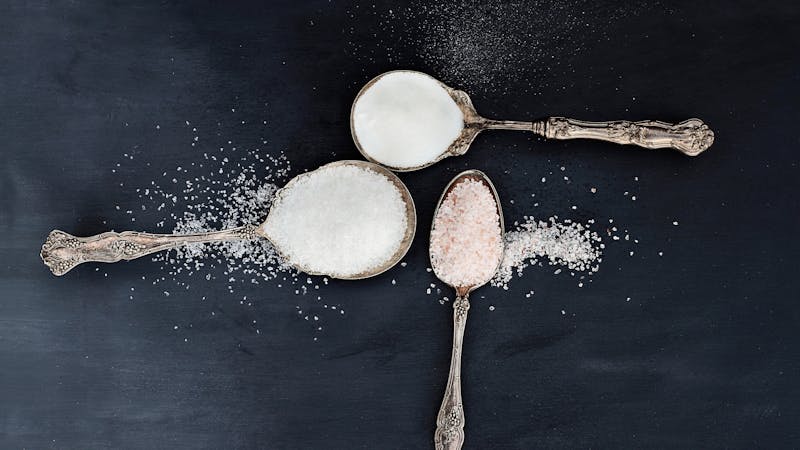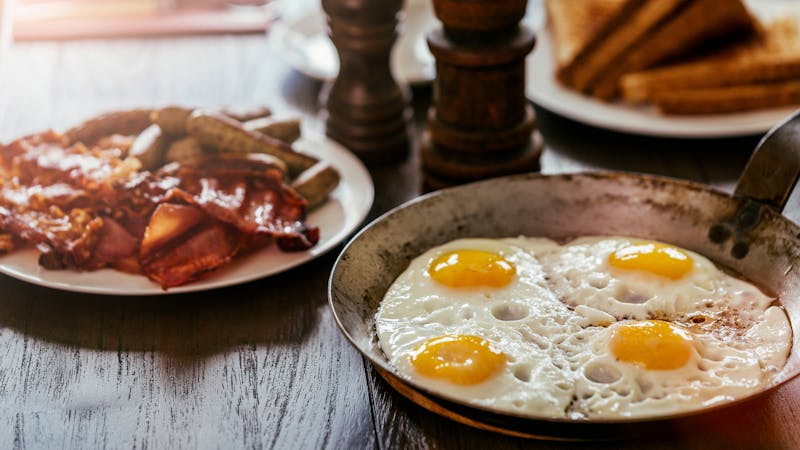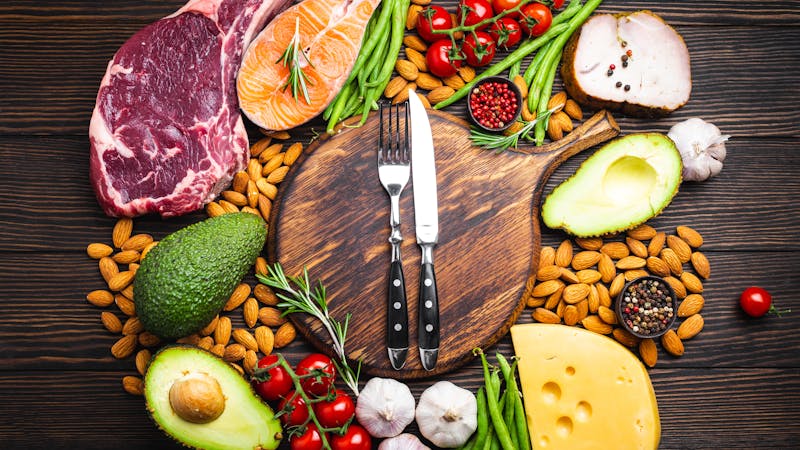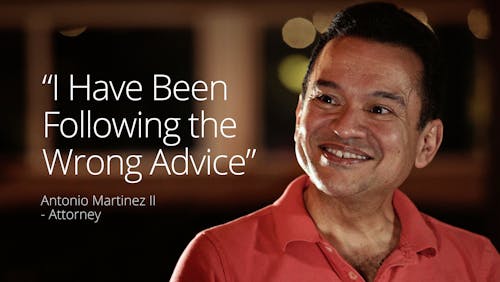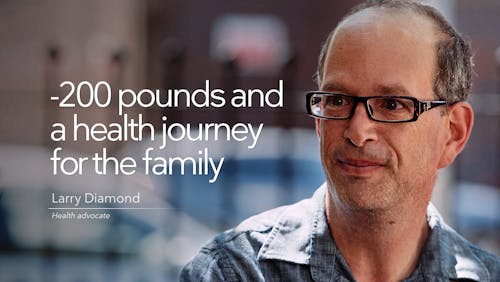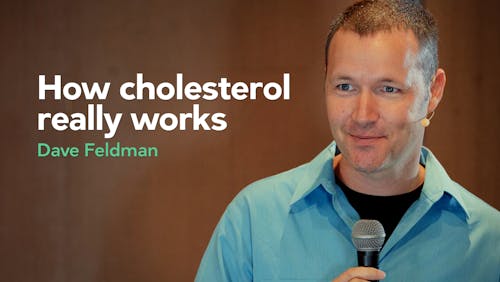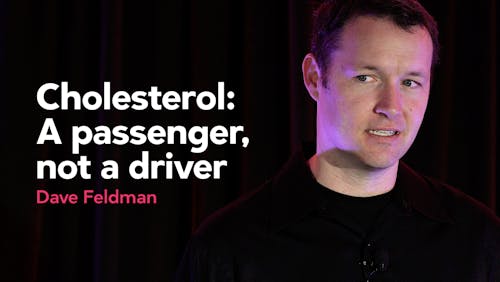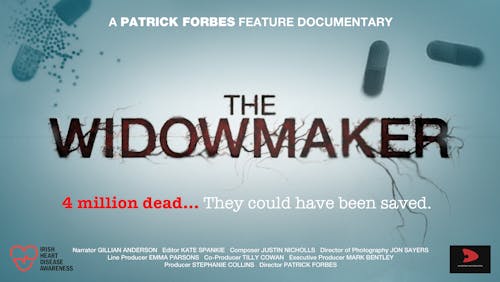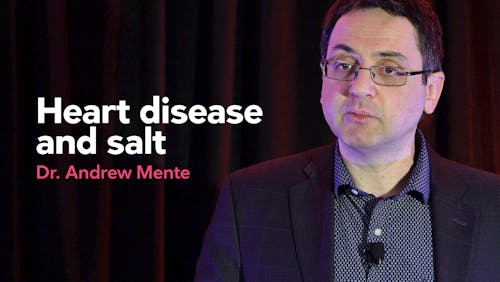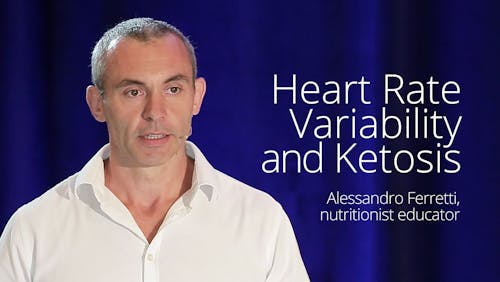What you need to know about low blood pressure
Do you feel dizzy when you stand up quickly? Does the room spin? If so, you may have low blood pressure.
For many people, having low blood pressure is good — and certainly much better than having high blood pressure, which comes with an increased risk of heart attacks, strokes and organ damage.
For most people, low blood pressure causes few to no distressing symptoms and is generally harmless.
For some people, however, low blood pressure does cause symptoms and puts them at risk of potential harm, especially being injured in a fall. Low blood pressure can also be an indicator of an underlying health problem.
In addition, when starting a low-carb diet, some people may have symptoms like dizziness from lowered blood pressure as they transition to this new way of eating — especially if they are still on high blood pressure medications or had low-normal blood pressure when they started the diet.1
Symptoms of dizziness can also occur during the initial “keto flu” period, but are generally not related to noticeably lowered blood pressure. See our guide here: Keto flu and other side effects.
This guide tells you everything you need to know about low blood pressure, or what doctors call hypotension.

1. What is low blood pressure?
As can be seen from the blood pressure chart, below, low blood pressure is when your blood pressure measurements consistently fall below 90 systolic (upper number) and 60 diastolic (lower number). This is written as 90/60 or spoken as “90 over 60.” Although symptoms of low blood pressure may occur at higher levels, they most commonly occur below 90/60. To be fair, however, far more research and attention are devoted to high rather than low blood pressure, so there is greater variability in how hypotension is defined.
2. What are the symptoms?
Many people with low blood pressure have no symptoms. Their low blood pressure doesn’t create problems; in fact, it is a good thing, as they are less likely to develop issues with high blood pressure.
But some people with low blood pressure do have symptoms. The most common are sudden dizziness, light-headedness, or even fainting, especially when standing up from sitting, squatting or lying down.2 This is called postural or orthostatic hypotension and is caused by not enough blood getting to the brain. Usually it lasts only seconds. In the elderly, however, it can have a greater impact, resulting in more health problems and injuries.3
Other symptoms of low blood pressure can include:
- nausea
- vomiting
- blurred vision
- fatigue
- inability to concentrate
- headache
The biggest risk of harm from low blood pressure comes from losing your balance or fainting and then falling; an injury from a fall can be significant.
Some people, especially the elderly, experience low blood pressure after eating, as blood moves to the vessels that supply the stomach and intestines to aid digestion.4
In other people, mostly children and youth, a rare condition may result in low blood pressure when standing for too long.5
If you have low blood pressure and regularly experience difficult or distressing symptoms, or have had sudden onset of low blood pressure with symptoms, see your doctor for a full assessment.
3. What causes low blood pressure?
Genetics, family history, and being very physically fit can all contribute to lower than normal blood pressure. Your lower blood pressure may simply be normal for you.
Sometimes low blood pressure can indicate another health condition that needs treatment or assessment. The following conditions can cause low blood pressure:6
- Anemia or nutritional deficiencies, particularly deficiencies in folate and B vitamins.
- Early pregnancy.
- Heart conditions, such as heart failure, or heart valve problems.
- Dehydration, which causes blood volume to drop.
- Trauma causing blood loss, including internal bleeding.
- Severe infection, such as a blood infection called septicemia.
- Allergic reactions, especially the severe reaction called anaphylaxis.
- Side effects of medications, such as over-medication with high blood pressure drugs; some drugs used for depression, Parkinson’s Disease, or erectile dysfunction can cause episodes of low blood pressure.
4. Low blood pressure after starting a low-carb diet
A low-carb diet is effective for lowering high blood pressure, sometimes very rapidly.7A portion of the lowering effect is likely the result of weight loss, reductions in insulin secretion and improved insulin sensitivity.8
Also during the transition to a low-carb diet, people stop retaining water and salt. As a result, blood pressure can fall as the kidneys increase their excretion of these substances in the urine. This is sometimes dubbed “the diuretic effect” of the low-carb, keto diet.9
As a result, two scenarios can happen that may contribute to blood pressure falling too low:
- People with previously high blood pressure that was controlled with medications may suddenly be receiving too much medication. If you have high pressure, work with your doctor to see if you need to reduce the dosage of your blood pressure medication when eating low carb.
- People with normal or low-normal blood pressure experience even lower blood pressures and suddenly start experiencing symptoms such as light-headedness, headache, dizziness, or feelings of nausea. These people many need to replenish electrolytes. See our guide on electrolytes:


Electrolyte supplementation on a keto diet?
Guide In some cases, when carb intake is extremely low, electrolytes can get out of balance. Read this guide to find out more about electrolyte supplementation.
5. Tips to help symptoms
Whether your symptoms of low blood pressure are ongoing or new due to starting a low-carb or ketogenic diet, here are some tips to help reduce or manage your symptoms.10
- Deliberate movements: Don’t get up rapidly; get up more slowly and in stages. For example, at night, if you are getting up from bed to go to the bathroom, sit up slowly and dangle your feet over the bed until any dizziness passes. Then stand up all the way. This will reduce dizziness and prevent falling. Be aware of times when you might get dizzy, such as getting up from sitting in the sun, and hold on to something, like the back or the arm of the chair, until the dizziness passes.
- Salt: Sip salted bone broth or add salt to your water. The salt may increase your blood pressure by a few points or prevent the loss of too much water.
- Electrolytes: See our Diet Doctor guide. Or try making a homemade electrolyte drink by dissolving a 1/4 tsp of salt, 1/8th tsp of “lite salt” (from your grocery store — it contains potassium citrate) and a magnesium supplement in two cups of water. You can flavor it with a squeeze of lemon or lime.
- Licorice: As noted in the guides on normal and high blood pressure, a compound in licorice root called glycyrrhizin is a very potent agent in raising blood pressure, sometimes by many points.11 Don’t eat licorice candies, but herbal, sugar-free licorice lozenges are fine, or sip a licorice-flavored herbal tea. Be careful, as blood pressure can go too high. But if you stop the licorice, it will fall again.
- Compression socks: If you still have symptoms of low blood pressure despite the above suggestions, you can try wearing compression socks. These are tighter-than-normal socks designed to help the blood in your legs return to your heart more quickly, which may reduce the symptoms of low blood volume.
6. Take away
Low blood pressure is usually not a problem for the vast majority of people. If it does cause symptoms, follow the tips above or see your doctor for a full assessment.
Be especially careful if you are on blood pressure-lowering medications when you start a low-carb diet. Your blood pressure medications may need to be reduced or adjusted.
More
This guide is part of a larger Diet Doctor series of guides on blood pressures issues.
The introductory guide in the series, in particular, discusses what blood pressure is, how to measure it accurately, and the issues that can lead to inaccurate blood pressure readings.
Did you enjoy this guide?
We hope so. We want to take this opportunity to mention that Diet Doctor takes no money from ads, industry or product sales. Our revenues come solely from members who want to support our purpose of empowering people everywhere to dramatically improve their health.
Will you consider joining us as a member as we pursue our mission to make low carb simple?
Heart disease
What you need to know about low blood pressure - the evidence
This guide is written by Anne Mullens and was last updated on June 27, 2022. It was medically reviewed by Dr. Michael Tamber, MD on June 27, 2022.
The guide contains scientific references. You can find these in the notes throughout the text, and click the links to read the peer-reviewed scientific papers. When appropriate we include a grading of the strength of the evidence, with a link to our policy on this. Our evidence-based guides are updated at least once per year to reflect and reference the latest science on the topic.
All our evidence-based health guides are written or reviewed by medical doctors who are experts on the topic. To stay unbiased we show no ads, sell no physical products, and take no money from the industry. We're fully funded by the people, via an optional membership. Most information at Diet Doctor is free forever.
Read more about our policies and work with evidence-based guides, nutritional controversies, our editorial team, and our medical review board.
Should you find any inaccuracy in this guide, please email andreas@dietdoctor.com.
This is partially based on the consistent clinical experience of doctors using low-carb interventions. [weak evidence]
Studies clearly demonstrate that low-carb diets can lower blood pressure:
Obesity Reviews 2012: Systematic review and meta-analysis of clinical trials of the effects of low carbohydrate diets on cardiovascular risk factors [strong evidence] ↩
BMJ 1990: Symptoms of low blood pressure: a population study [observational study, weak evidence] ↩
The exact mechanism of postprandial hypotension is incompletely understood, but appears to involve a combination of autonomic nerve dysfunction, changes in gastrointestinal hormones, meal composition, gastric distension, and the rate of delivery of nutrients to the small intestine.
Journal of the American Medical Directors Association 2014: Postprandial hypotension: a systematic review [mixed RCTs and observational studies, weak evidence] ↩
American Journal of Managed Care 2015: Neurogenic orthostatic hypotension: pathophysiology and diagnosis [expert review, ungraded] ↩
Obesity Reviews 2012: Systematic review and meta-analysis of clinical trials of the effects of low carbohydrate diets on cardiovascular risk factors [strong evidence] ↩
International Journal of Environmental Research and Public Health 2019: Substantial and sustained improvements in blood pressure, weight and lipid profiles from a carbohydrate restricted diet: an observational study of insulin resistant patients in primary care [cohort study; weak evidence] ↩
American Journal of Cardiology 2001: Metabolic effects of high-protein, low-carbohydrate diets [expert review, ungraded] ↩
This is based on consistent clinical experience of low-carb practitioners. [weak evidence] ↩
British Medical Journal Case Reports 2015: Hypertension induced by liquorice tea [case report and review of the literature; weak evidence] ↩

